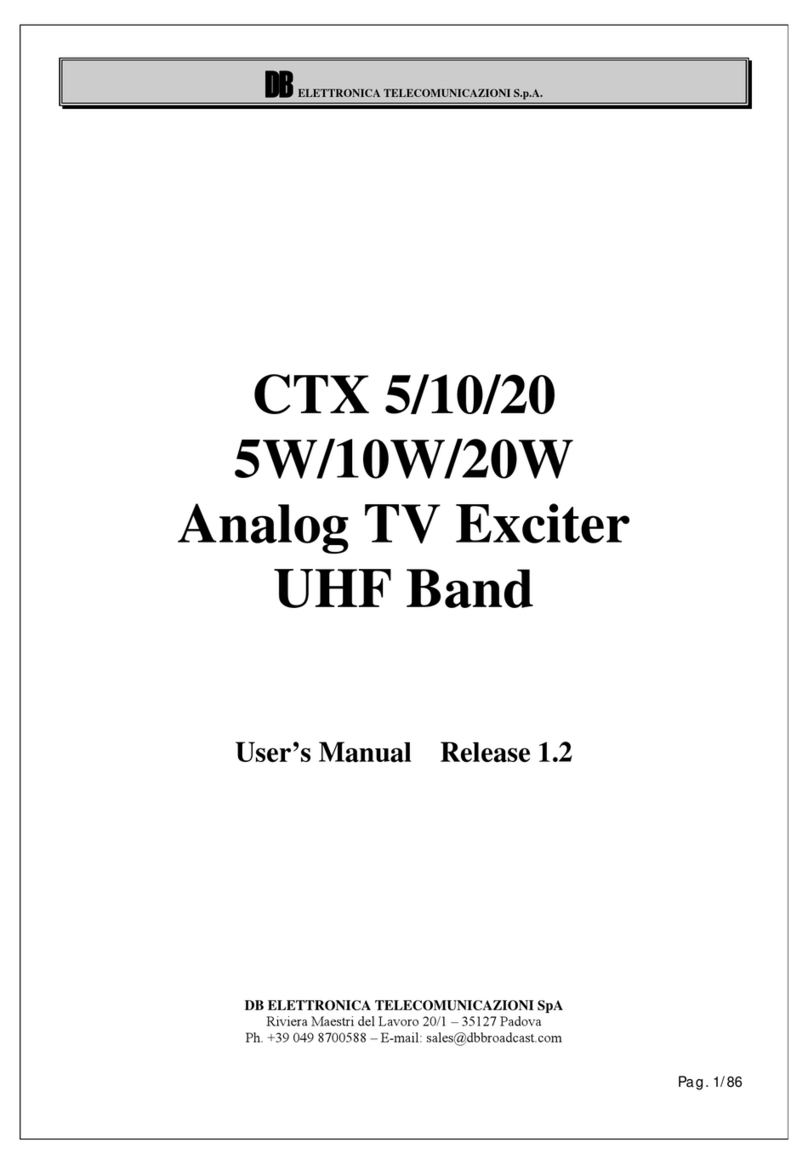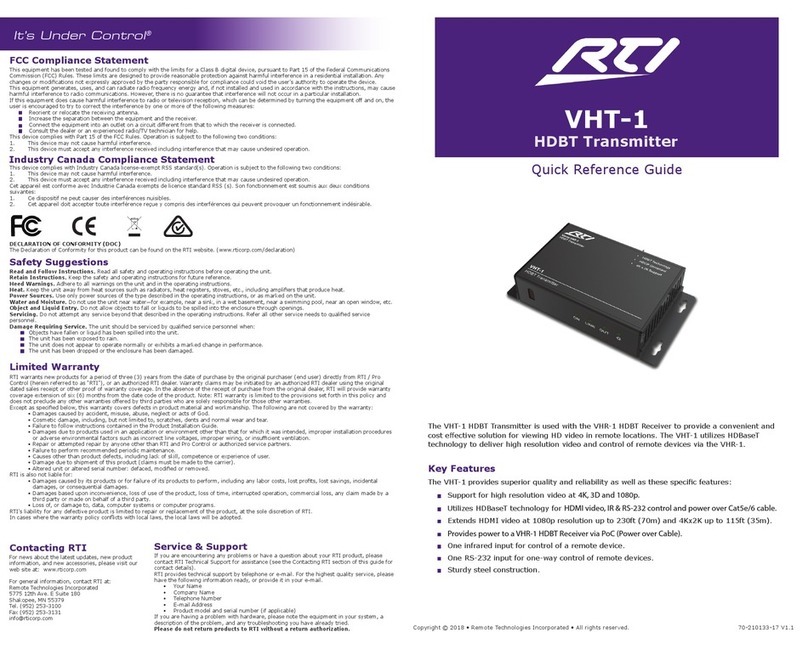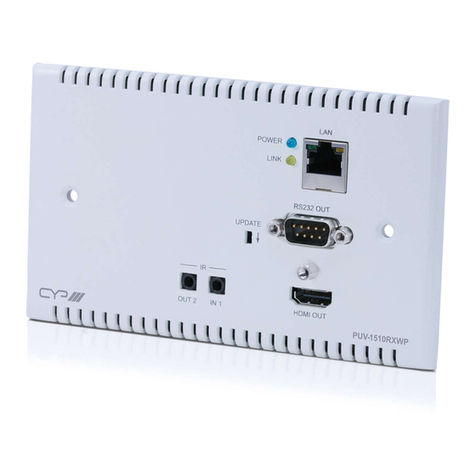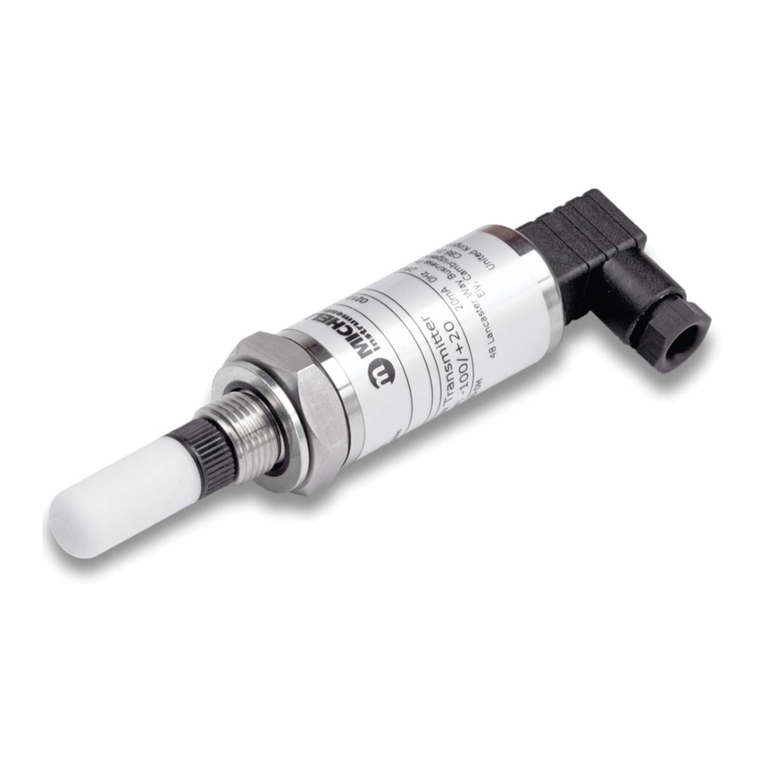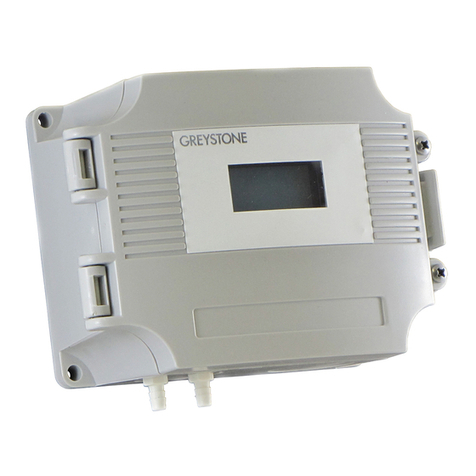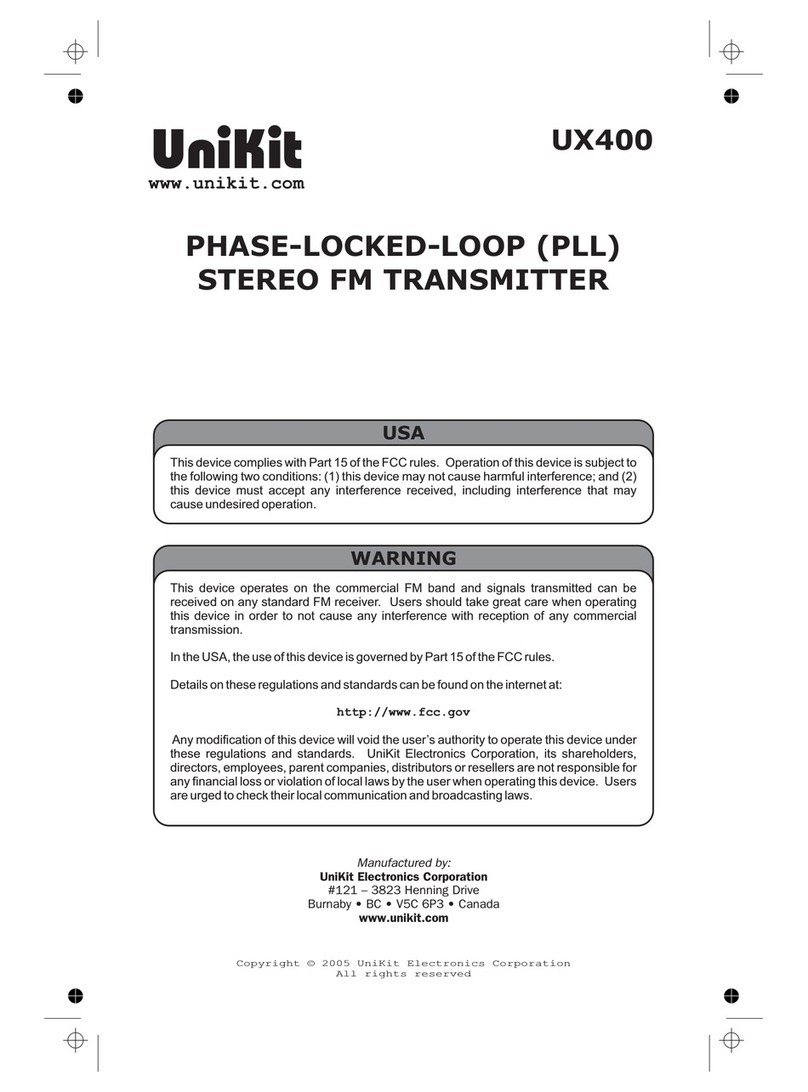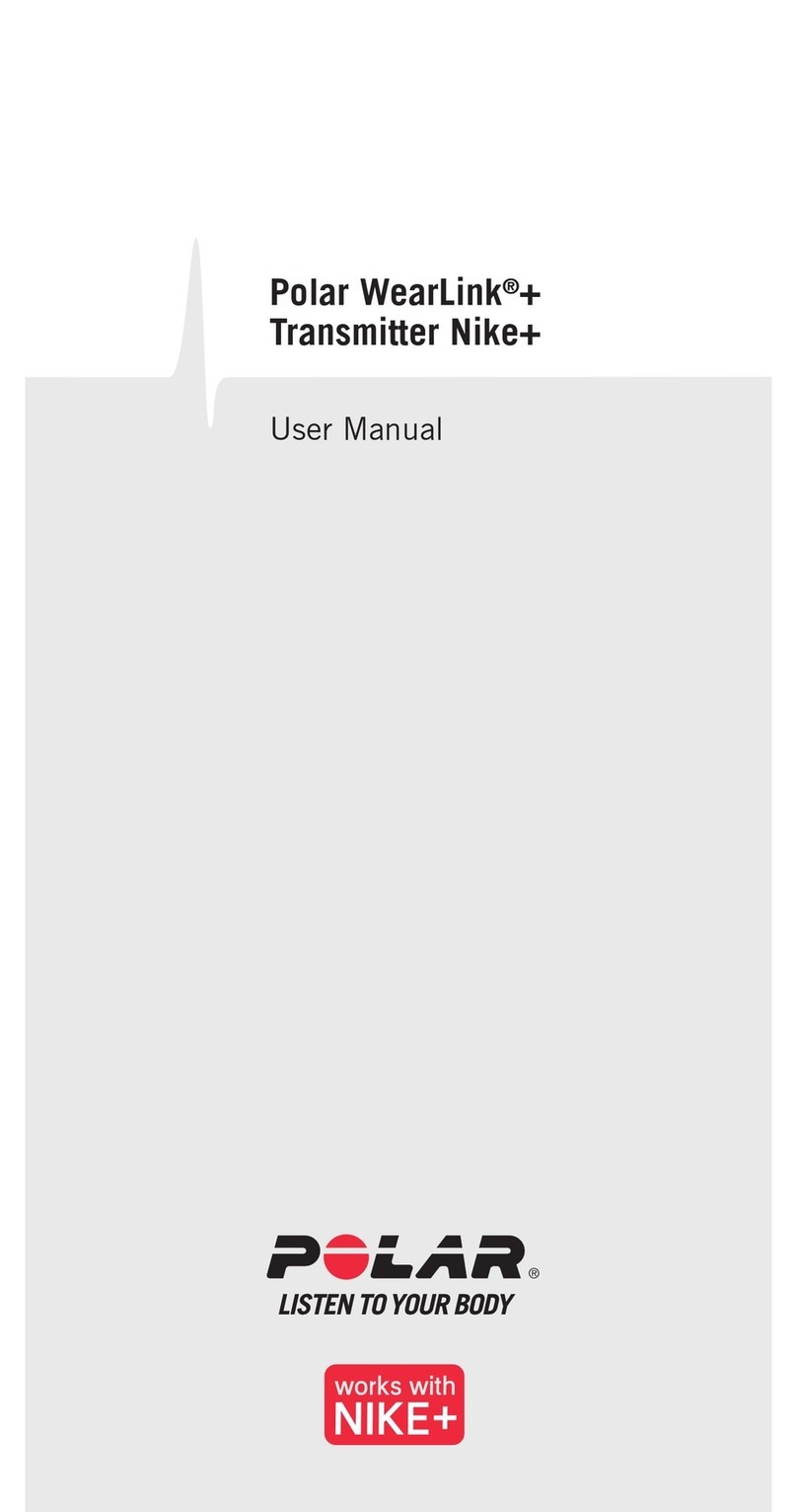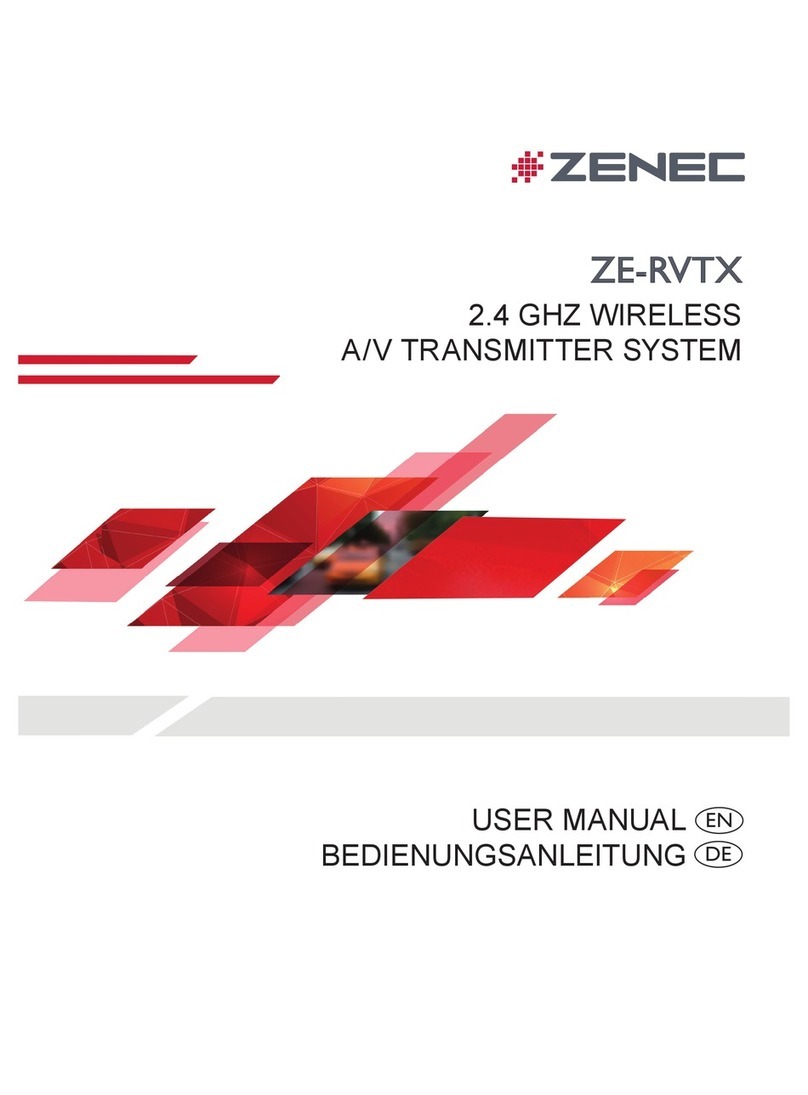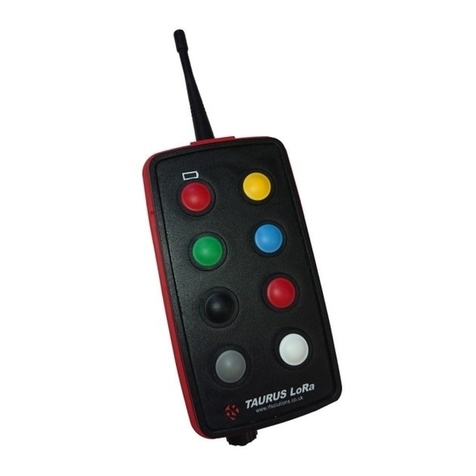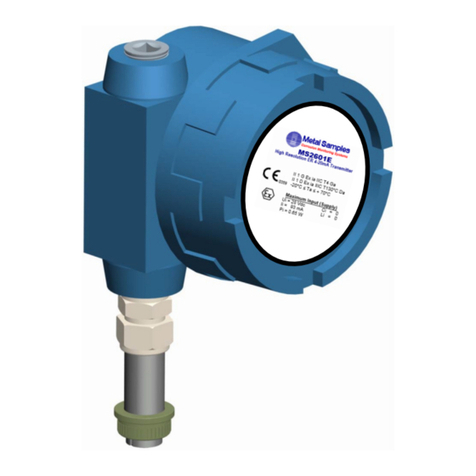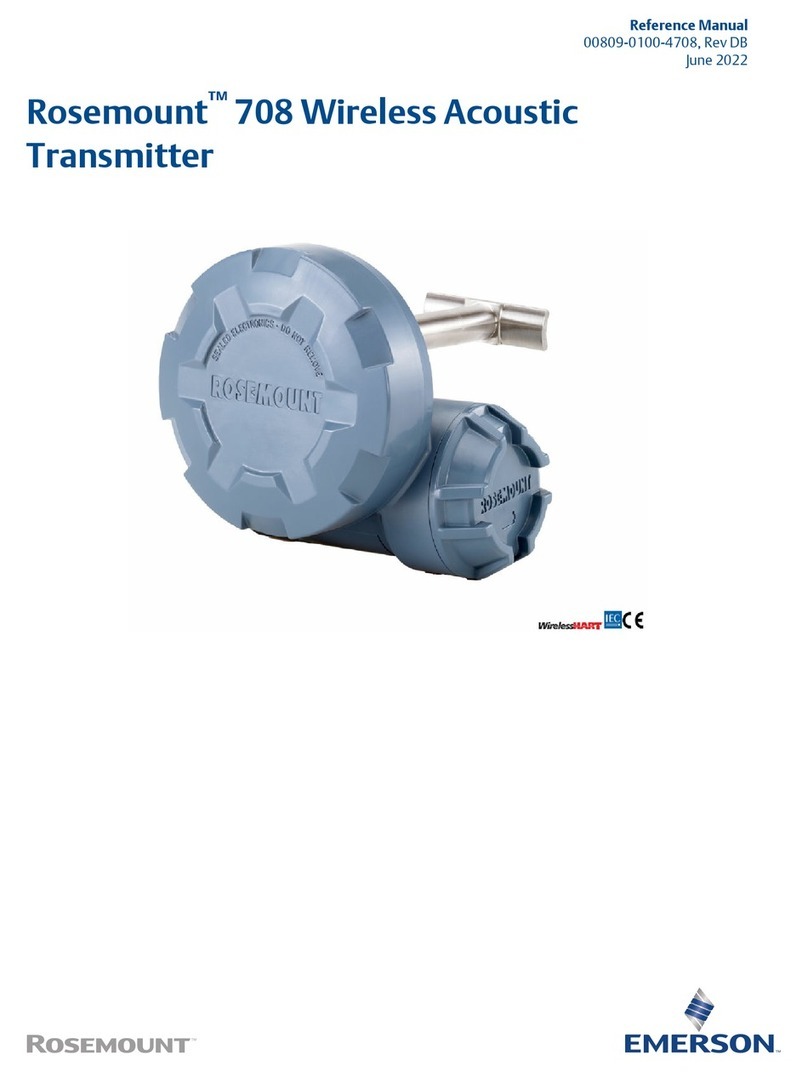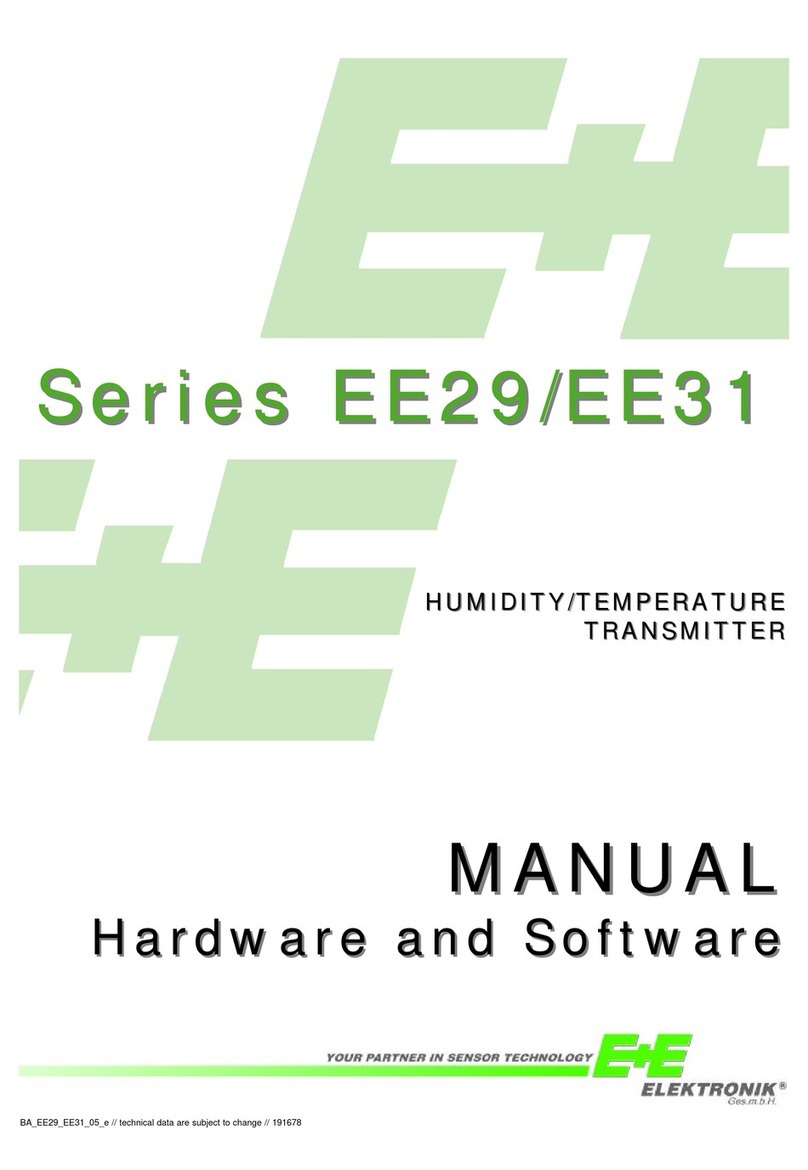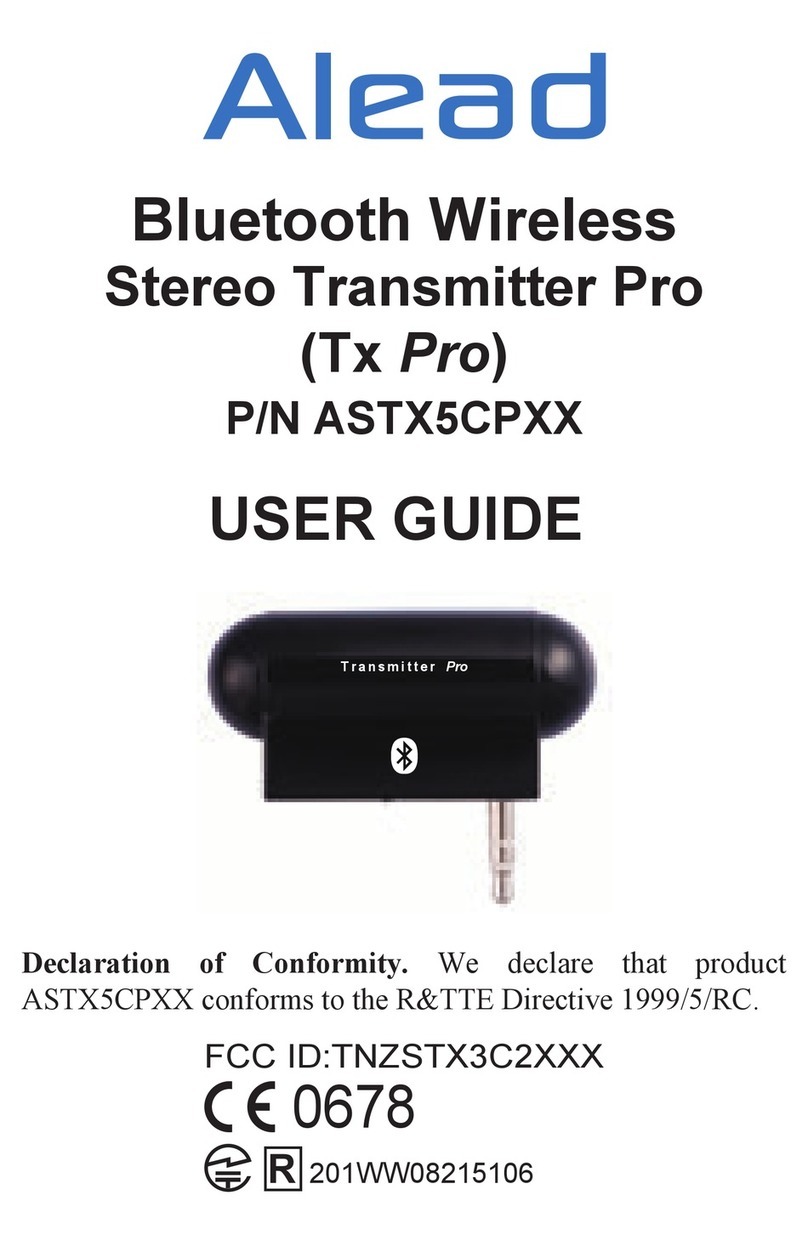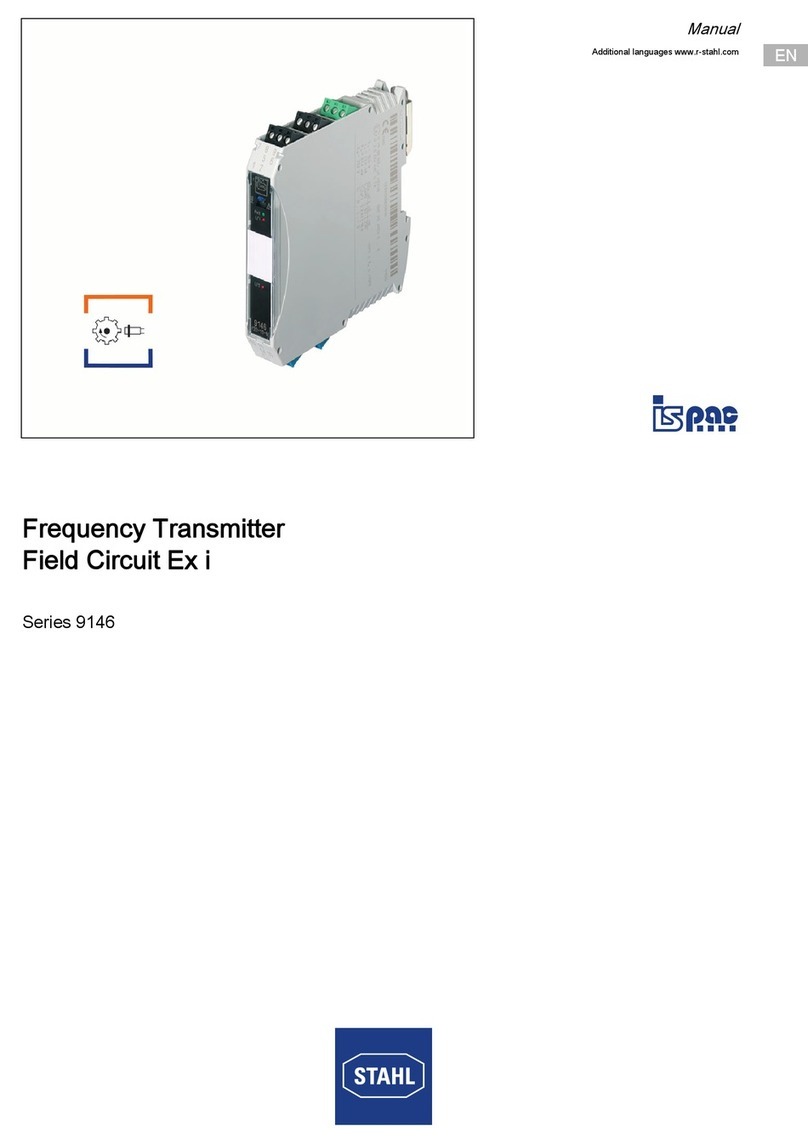BMS-Europe GmbH CT2020 User manual

ENGLISH (UK)
REFERENCE GUIDE
CT2020
v.1.3

Preposition
Reference Guide: CT2020 Page ii
November 10
SVENSKA
LÄS DETTA FÖRST!
Om Ni inte förstår informationen i denna handbok
ARBETA DÅ INTE MED DENNA UTRUSTNING.
En översättning till detta språk av denna handbok kan också
anskaffas, på Er bekostnad.
ENGLISH (UK)
Please read this first!
If you do not understand the contents of this manual:
Do not operate this equipment.
Also, translation of this manual into any EC official language can be made
available, at your cost.
DEUTSCH
LESEN SIE ZUERST DIESEN HINWEIS!
Sollte Ihnen der Inhalt dieses Handbuches nicht klar verständlich
sein, dann
Bedienen Sie dieses Gerät nicht.
Eine Übersetzung des Handbuches in dieser Sprache ist gegen
Berechnung lieferbar.
ESPAÑOL
LEA ESTE AVISO PRIMERO!
Si no entiende el contenido de este manual
NO OPERE ESTE EQUIPO.
Podemos asimismo suministrarle una traducción de este manual
al (idioma) previo pago de una cantidad adicional que deberá
abonar usted mismo.
FRANÇAIS
AVANT TOUT, LISEZ CE QUI SUIT!
Si vous ne comprenez pas les instructions contenues dans ce
manuel
NE FAITES PAS FONCTIONNER CET APPAREIL.
En outre, nous pouvons vous proposer, à vos frais, une version
française de ce manuel.
ITALIANO
LEGGERE QUESTO AVVISO PER PRIMO!
Se non si capisce il contenuto del presente manuale
NON UTILIZZARE L’APPARECCHIATURA.
È anche disponibile la versione italiana di questo manuale, ma il costo è a
carico dell’utente.
PORTUGUÊS
LEIA O TEXTO ABAIXO ANTES DE MAIS NADA!
Se não compreende o texto deste manual
NÃO UTILIZE O EQUIPAMENTO.
O utilizador poderá também obter uma tradução do manual para o
português à própria custa.
NEDERLANDS
LEES DIT EERST!
Als u de inhoud van deze handleiding niet begrijpt
STEL DEZE APPARATUUR DAN NIET IN WERKING.
U kunt tevens, op eigen kosten, een vertaling van deze handleiding
krijgen.
DANSK
LÆS DETTE FØRST!
Udstyret må ikke betjenes
MEDMINDRE DE TIL FULDE FORSTÅR INDHOLDET AF
DENNE HÅNDBOG.
Vi kan også for Deres regning levere en dansk oversættelse af
denne håndbog.
SUOMI
LUE ENNEN KÄYTTÖÄ!
Jos et ymmärrä käsikirjan sisältöä
ÄLÄ KÄYTÄ LAITETTA.
Käsikirja voidaan myös suomentaa asiakkaan kustannuksella.

Preposition
Reference Guide: CT2020 Page iii
November 10
List of Contents
Chapter 1: Introduction to the CT2020
Gives a general description of the equipment, main features and functions.
Identifies the controls, indicators and connectors on the front and rear
panels.
Chapter 2: Installing the Equipment
Provides a guide to the suitability of an installation and gives detailed
procedures for the preparation and installation of the equipment. Also
details the external connectors and provides important safety
information.
Chapter 3: Operating the Equipment Locally
Describes local control in detail. Provides the power-up/power-down
procedures and other general operating/control/set-up procedures.
Chapter 4: Application note for wireless HD Camera’s
Describes the mounting of the CT2020HD on the Sony 1500 Camera
Annex A: List of Abbreviations
Annex B: Technical Specification

Preposition
Reference Guide: CT2020 Page iv
November 10
Contents
Preposition
List of Contents ........................................................................................ ii
About this Reference Guide ........................................................................vi
Nomenclature...........................................................................................vi
Acknowledgements ..................................................................................vii
General...............................................................................................vii
Registered Trademarks .........................................................................vii
Trademarks.........................................................................................vii
Warnings, Cautions and Notes .................................................................. viii
Heed Warnings ................................................................................... viii
Read Instructions ................................................................................ viii
Follow Instructions .............................................................................. viii
Retain Instructions .............................................................................. viii
EMC Compliance ..................................................................................... viii
Contact Information ..................................................................................ix
BMS-Europe Customer Services...............................................................ix
Technical Training ................................................................................. x
Customer Services and Technical Training Postal Address............................ x
Return of Equipment.............................................................................. x
Technical Publications ............................................................................ x
Chapters 1 to 4
1. Introduction to the CT2020HD................................................................10
1.1 Preliminary Remarks .......................................................................10
1.2 Designation and P/N........................................................................10
1.3 Description ....................................................................................11
2. Installing the Equipment .......................................................................12
2.1 Safety instructions ..........................................................................12
2.2 Connectors ....................................................................................13
2.3 Shut-Down.....................................................................................14
3. Operating the Equipment.......................................................................15
3.1 Multifunctional display .....................................................................15
3.2 Menu structure ...............................................................................16
3.3 Frequency input (1).........................................................................17
3.4 Resolution (3) ................................................................................17
3.5 Framerate (4).................................................................................18
3.6 Modulation (5)................................................................................19
3.7 Latency (6)....................................................................................20
3.8 Audio Select (7)..............................................................................21

Preposition
Reference Guide: CT2020 Page v
November 10
3.9 Audio L /R Input (8 and 9) ...............................................................22
3.10 Aud L/R Gain (10 and 11)...............................................................23
3.11 Mic Phantom (12 and 13) ...............................................................23
3.12 Data Freq (14) (optional) ...............................................................25
3.13 Output Power (15) ........................................................................26
3.14 Contrast (16)................................................................................26
3.15 Display OFF (17)...........................................................................27
3.16 Software (18)...............................................................................27
3.17 Status* (19).................................................................................28
3.18 Encoder FW* (20) .........................................................................28
4. APPLICATION NOTE FOR WIRELESS HD CAMERAS 30
4.1 Introduction.......................................................................................30
4.2 Mounting instructions for CT2020HD on the Sony 1500 camera.................31
Appendix A List of Abbreviations
Appendix B Technical Specification
B.1… Compliance .................................................................................. B-1
B.1.1 Safety ................................................................................... B-1
B.1.2 EMC ...................................................................................... B-1
B.1.3 Shock and Vibration ................................................................ B-2
B.1.4 CE Marking ............................................................................. B-2
B.1.5 FCC Marking............................................................................ B-2
B.2 Technical Specifications................................................................... B-4

Preposition
Reference Guide: CT2020 Page vi
November 10
About this Reference Guide
This Reference Guide provides instructions and information for the
installation and operation of the CT2020.
This Reference Guide should be kept in a safe place for reference for the
life of the equipment. It is not intended that this Reference Guide will be
amended by the issue of individual pages. Any revision will be by a
complete reissue. Further copies of this Reference Guide can be ordered
from the address shown on page ix. If passing the equipment to a third
party, also pass the relevant documentation.
Issues of this Reference Guide are listed below:
Issue Date Build Version Comments
1 March 2008 1.0 Initial release.
2 August 2008 1.1 New chapters integrated
3 March 1.2 Changes CT2020HD to CT2020
4 November 2010 1.3 Changes in Menu Structure
Note…
The Build Version in the table refers to an overall number which
encompasses all the various software/firmware versions of video,
audio, etc in the device.

Preposition
Reference Guide: CT2020 Page vii
November 10
Acknowledgements
GeneralAll best endeavors have been made to acknowledge registered trademarks
and trademarks used throughout this Reference Guide. Any notified
omissions will be rectified in the next issue of this Reference Guide. Some
trademarks may be registered in some countries but not in others.
Registered trademarks and trademarks used are acknowledged below and
marked with their respective symbols. However, they are not marked
within the text of this Reference Guide.
Registered Trademarks
AC-3®, Dolby Digital®and Pro Logic®are registered trademarks of Dolby
Laboratories Licensing Corporation.
Musicam®is a registered trademark of Thomson and Télédiffusion de
France (TDF), Europe, and is a registered trademark of CCS (now Musicam
USA Incorporated), USA.
Ethernet®is a registered trademark of Xerox Corporation.
XILINX®is a registered trademark of Xilinx Inc.

Preposition
Reference Guide: CT2020 Page viii
November 10
Warnings, Cautions and Notes
Heed Warnings
All warnings on the product and in the operating instructions should be
adhered to. The manufacturer can not be held responsible for injuries or
damage where warnings and cautions have been ignored or taken lightly.
Read Instructions
All the safety and operating instructions should be read before this product
is operated.
Follow Instructions
All operating and use instructions should be followed.
Retain Instructions
The safety and operating instructions should be retained for future
reference.
Warnings…
Warnings give information which, if strictly observed, will
prevent personal injury or death, OR DAMAGE TO PERSONAL
PROPERTY OR THE ENVIRONMENT. They are boxed and
shaded for emphasis, as in this example, and are placed
immediately preceding the point at which the reader
requires them.
Cautions...
Cautions give information which, if strictly followed, will prevent
damage to equipment or other goods. They are boxed for emphasis,
as in this example, and are placed immediately preceding the point
at which the reader requires them.
Notes...
Notes provide supplementary information. They are highlighted for
emphasis, as in this example, and are placed immediately after
the relevant text.
EMC Compliance
This equipment is certified to the EMC requirements detailed in Annex B,
Technical Specification. To maintain this certification, only use the leads
supplied or if in doubt contact Customer Services.

Preposition
Reference Guide: CT2020 Page ix
November 10
RF Exposure Info:
For body worn operation, device has been tested and meets FCC RF
exposure guidelines when used with an accessory that contains no metal
and that positions device a minimum of 20cm from the body. Use of other
accessories may not ensure compliance with FCC RF exposure guidelines.
Technical Training
Training Courses
BMS Europe provides a wide range of training courses on the operation
and maintenance of our products and on their supporting technologies.
BMS can provide both regularly scheduled courses and training tailored to
individual needs. Courses can be run either at your premises or at one of
our dedicated training facilities.
Where to Find Us
For further information on BMS Europe training program please
contact us:
International Telephone: + 49 6124 7239-00
International Facsimile + 49 6124 7239-29
Customer Services and BMS Europe Postal Address
BMS-Europe GmbH
Schwalbacher Straße 12
65321 Heidenrod – Kemel
Germany
Return of Equipment
If you need to return equipment for repair, please contact
Tel: + 49 6124 7239-00
Fax: + 49 6124 7239-29
BMS-Europe GmbH
Schwalbacher Straße 12
65321 Heidenrod – Kemel
Germany

Chapter 3: Options and Upgrades
Reference Guide: CT2020 Page 10
November 10
1. Introduction to the CT2020HD
1.1 Preliminary Remarks
This manual is provided for users and operators of the CT2020 Transmitter. It is
intended to support the installation, operation, maintenance and daily use of the unit
in general.
The manual should be kept with the CT2020 Transmitter and may be consulted when
questions occur. Should problems remain after you have read the manual carefully or
if you have any further questions concerning the functionality or operation of the
Transmitter, please contact Customer Service.
1.2 Designation and P/N
Designation CT2020HD
Frequency range P/N
2.0 – 2.3 GHz 11.2422.500
2.3 – 2.6 GHz 11.2422.100
other frequencies and models on request

Chapter 3: Options and Upgrades
Reference Guide: CT2020 Page 11
November 10
1.3 Description
General Information on D-ENG (Digital Electronic News Gathering)
The introduction of the DVB standard established the basis for digital broadcast video
transmission making efficient use of the available bandwidth. Powerful compression
algorithms allow a reduction in the amount of data to be transferred, while
maintaining the high quality standards for video and audio signals used in broad-
casting applications. New modulation techniques and error correction algorithms
ensure a secure signal transmission even when the transmission conditions are poor.
The DVB-T standard was established for terrestrial digital TV broadcasting, in
particular considering the difficult conditions of radio transmission. The highly efficient
OFDM multicarrier modulation procedure enables transmission without interference
even under multipath propagation conditions occurring with non-directional
transmission or reception. Practical experience soon has proved that the DVB-T
standard guarantees ruggedness of transmission to an extent even allowing mobile
reception.
Increasing miniaturization, in particular of MPEG encoders and OFDM modulators,
enables using the DVB-T standard for mobile portable transmission systems.
Previous analog FM systems were adversely affected by signal reflections directly
resulting in video and audio interferences. Such effects do not occur when the digital
ENG system (D-ENG) is deployed. Even mobile transmission from moving vehicles or
the use of omni-directional antennas on the transmitting or receiving side does not
impair the picture or sound quality at all, opening a completely new range of
applications in TV production and news gathering.
Video Inputs
The CT2020 accepts only HDSDI*(HD version) and SDI information at the input:
•SDI BNC(f)
OFDM (Orthogonal Frequency Division Multiplex) Modulator
The digital data signal for wireless transmission is processed by the OFDM Modulator
and following IQ Modulator. The OFDM modulation procedure has a major impact on
the transmission properties and was specifically developed for terrestrial radio
transmission.
User interface
The integrated Multifunctional Display allows easy configuration of the device. The
current Software and firmware version can also be displayed.
Linear Power Amplifier
The linear power amplifier amplifies the output signal of the Modulator to an output of
about 400 mW (+26 dBm at 2GHz, depending on frequency). The output port is
located on top of the device.

Chapter 3: Options and Upgrades
Reference Guide: CT2020 Page 12
November 10
2. Installing the Equipment
2.1 Safety instructions
Warning
The regulations of VDE0100 must be observed for
installation and operation of the unit.
Caution
•Establish all other connections before starting the unit by
connecting it to 12VDC. Essential, a valid video signal must be
connected to the desired input before power on the CT2020.
•When you connect the CT2020 as described in the following
sections, make sure that the "Caution" instructions given there
are observed.
•Make sure that there is sufficient air circulation to ensure
adequate cooling of the unit.
External forced ventilation may be required if the unit is installed
in a rack or cabinet.

Chapter 3: Options and Upgrades
Reference Guide: CT2020 Page 13
November 10
2.2 Connectors
Figure 1 Input connector of the CT2020*(HD version)
RF Connector
The RF output signal of the Low-Power Amplifier is fed out at the N(f) connector on
top of the unit.
The CT2020 provides RF output of about 400 mW (+26dBm) at 2GHz band.
Connecting Signal Sources
The Video signal supplied by the camera has to be applied to the SDI BNC(f)
connector of the transmitter.
The analogue Audio signal supplied by the camera has to be applied to the Audio in
5pol Lemo connector of the transmitter.
Connecting the RF Output
An omni directional antenna with N(m) connector can be directly mounted at the RF
out socket.
Connecting the UHF Data Input (optional)
An UHF antenna with SMA(m) connector can be directly mounted at the UHF in
socket.

Chapter 3: Options and Upgrades
Reference Guide: CT2020 Page 14
November 10
Connecting the 12VDC Supply Voltage
Caution
When using a battery or power pack, make sure that the maximum
supply current is at least 3A and the output voltage matches the
input voltage range of the CT2020.
Failure to comply with these requirements may cause fatal
damage to the battery/power pack and/or CT2020.
Battery Powered Operation of the CT2020
Many types of batteries are available on the market and we tried to support the best
ones.
2.3 Shut-Down
Caution
To shut-down the unit you have to disconnect first the 12VDC
supply voltage.
After disconnection from the supply voltage by removing the battery or disconnecting
the 12VDC supply cable, the other connecting cables can be removed from the unit.

Chapter 4: Operating the Equipment
Reference Guide: CT2020 Page 15
November 10
3. Operating the Equipment
3.1 Multifunctional display
During start up the transmitter is in a self test mode. After the self test the
transmitter’s name is displayed before the display permanentlyshows the current
frequency.
Current transmission frequency
The automatic COFDM setup is very easy to handle.
When the Enter-Button is pressed and held for approximately 2 seconds the setup
menu is accessible:
UHF Data Receive
Quality

Chapter 4: Operating the Equipment
Reference Guide: CT2020 Page 16
November 10
3.2 Menu structure
Use Up and Down button to navigate through this menu. To activate a sub menu
press Enter-button for 2 seconds.
To exit all sub menus press Enter button.

Chapter 4: Operating the Equipment
Reference Guide: CT2020 Page 17
November 10
3.3 Frequency input (1)
At the frequency menu the current frequency is displayed.
To change the frequency press Enter button for 2 sec.
The inverted digit displays the current changeable position of the frequency. By use of
Up and Down button the inverted digit can be changed, digit by digit. To confirm a
change and switch to the next position of the frequency press Enter-button and
continue with the next digit. To save the changed frequency and leave this sub-menu
press Enter-button after all digits of the frequency are set.
3.4 Resolution (3)
In the sub menu “Resolution” the desired resolution of your transmitter can be
chosen.

Chapter 4: Operating the Equipment
Reference Guide: CT2020 Page 18
November 10
Four options for resolution are available. For proper selection, please check the video
output of your camera.
•SD
•720p (HD version)
•1080i (HD version)
•1080p (HD version)
To edit the resolution sub-menu press Enter-Button for 2 seconds.
Use the Up- and Down-Buttons for navigation and select the desired modulation by
pressing the Enter-Button.
To exit this submenu press Enter-Button.
3.5 Framerate (4)
After setting the resolution (1080p/1080i/720p/SD) it is important to set the correct
corresponding frame-rate.
Please check, at all costs, which HD output signal, which resolution the video signal
has and which frame-rate (1080p/1080i/720p) the camera is set to. A list of the
resolution and corresponding frame rates is added below.
The following Frame rates are available:
•23,98 Hz (1080p) – (only HD verion)
•24 Hz (1080p) – (only HD verion)
•24 PsF (1080p) – (only HD verion)
•50 Hz (1080i/720p/SD)
•59,94 Hz (1080i/720p/SD)
•60 Hz (1080i/720p/SD)

Chapter 4: Operating the Equipment
Reference Guide: CT2020 Page 19
November 10
To edit the frame rate sub-menu press Enter-Button for 2 seconds.
Use the Up- and Down-Buttons for navigation and select the desired frame rate by
pressing the Enter-Button.
To exit this submenu press Enter-Button.
Note
With PsF, a progressive frame is sliced into two "segments", with
the odd lines in one segment and the even lines in the other
segment. This allows for a progressive picture to be processed
through the same electronic circuitry that is used to store, process
and route interlaced video. Technically, progressive segments are
equivalent to interlaced fields, but unlike native interlaced video,
there is no motion between the two fields to make up the video
frame, both fields represent the same instant in time.
3.6 Modulation (5)
In the sub menu “Modulation” the Modulation method can be changed. The following
options are available:
•QPSK (if SD Resolution is selected)
•16 QAM (if SD Resolution is selected)
•64 QAM (1080p/1080i/720p/SD)
Below table shows the Bitrates for the different modulation options. FEC and Guard
Interval will be changed automatically along with the selected modulation.
Bitrate for SD Modulations
Modulation FEC GUARD BITRATE
QPSK ½ 1/32 6.03 MBit/s
16QAM ½ 1/32 12.06 MBit/s
64QAM ½ 1/32 18.09 MBit/s

Chapter 4: Operating the Equipment
Reference Guide: CT2020 Page 20
November 10
Bitrate for HD Modulations
Modulation FEC GUARD BITRATE
64QAM 2/3 1/32 24.13 MBit/s
Note
If you have selected the HD resolution 1080p or 1080i or 720p a
modulation of 64QAM will be used and can not be changed.
To edit the modulation sub-menu press Enter-Button for 2 seconds.
Use the Up- and Down-Buttons for navigation and select the desired modulation by
pressing the Enter-Button.
To exit this submenu press Enter-Button.
3.7 Latency (6)
In the sub-menu “Latency” the latency can be chosen. There are two settings,
“Ultra low” and “Standard”.
If low latency is your requirement, then please use the “Ultra-low” setting
If you require a higher picture quality then use the option “Standard”.
This manual suits for next models
1
Table of contents


